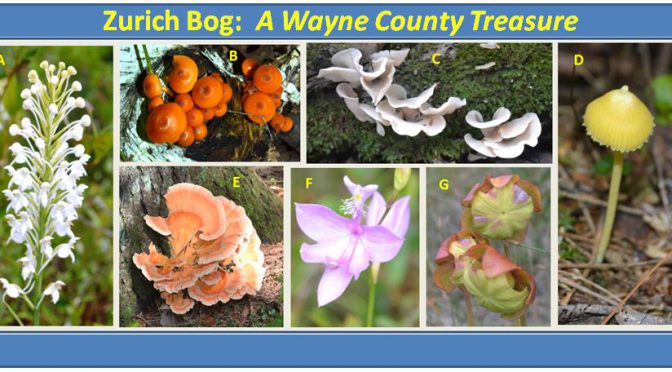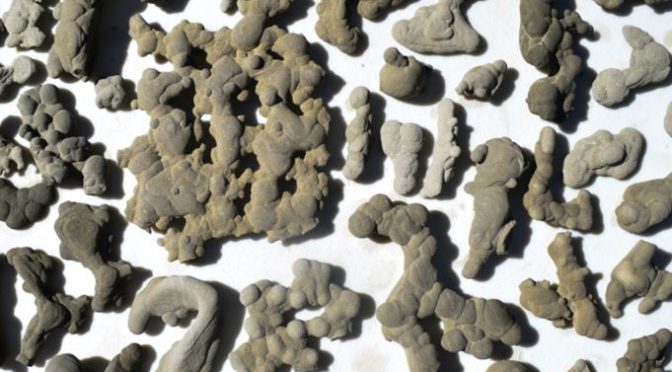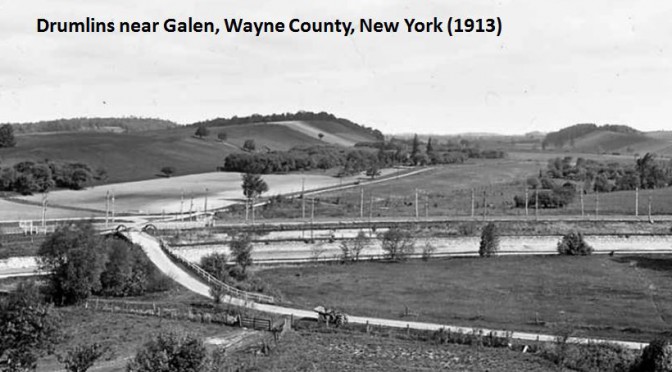There are no rocks, no minerals, and unless there are buried mastodons, there are no fossils. But that does not mean that Zurich Bog is not an interesting place for a retired geologist to spend a few hours while remaining near home during this summer of social distancing. The small protected wetland preserve is just 8 miles north of Newark and 7 miles south of Sodus, almost smack in the middle of Wayne County, New York. Continue reading Zurich Bog
Tag Archives: glaciers
Ancient Glacial Loess
The global pandemic has all of us re-thinking our daily lives. I had to cancel (or at best postpone) a May trip to collect sands from New England beaches. With my time at home, I chose to walk about my neighborhood. While doing this I was always alert to opportunities to collect sand. They would certainly not be as exotic as Cape Cod or the creeks in the Berkshires of western MA, but perhaps they could still be interesting.
One location I wanted to sample was in a small town park close to my home which contained a nice half-mile trail through the woods. My home sits atop glacial lake sediments (or dunes created when the glacial lake emptied). I have dug for fine sand there (Sand Times, vol 1 #1, pg. 2). The surface geology map of western NY suggests this park might be outside the lake boundaries. Might the sand there be different? Continue reading Ancient Glacial Loess
Glacial Erratics
Almost anywhere we wander in New York, we are apt to encounter glacial erratics, rocks that were transported to their current locations by the great sheets of ice that covered the state as recently as 10,000 years ago. Typically we just step over, or walk around, these aberrant rocks. That is, unless we trip on them, in which case we curse their existence before we move on. Farmers detest them too, but will use them to build stone walls or cobblestone barns. Once in a while we might notice something interesting in them and stop to smack them with our hammers or mauls. Typically they resist such actions, providing us a reason to detest them even more.
But there are some really famous glacial erratic boulders in the world. Some are famous for their size, others for their location. Perhaps you have a favorite one? I’ve selected a few to highlight.
Clay Concretions in Sharon, Vermont
About 15,000 years ago the final of four glacial advances stopped in central Connecticut and a large end moraine was established. As the glacier retreated a large lake formed in what would become the Connecticut River Valley. Varved (seasonal) clay/silt layers were deposited. Debris (fossils, sticks, leaves, etc.) carried in with the clay/silt became nucleation points for calcite cementation and concretions grew in the clays. These unique concretions are now being exposed by erosion. The locals call them “Fairy Stones” or “Mud Babies”.
Drumlins in Wayne County
Published in the June 2016 WCGMC Newsletter
All of us who live or travel in Wayne County in western New York State know it is easier to travel north-south than east-west. Most of us know that is due to the elongated hills called drumlins that cover much of the region. And we also know that those geomorphological features were formed by the continental glaciation that covered western New York with ice a mile thick until their final retreat 12,000 years ago.
BUT, did you know that until very recently, glacial geologists could not agree on exactly how these elongated parallel hills came into existence. It was known that the drumlin fields were aligned with the glacial flow and retreat, but it was unclear whether they represent debris built up progressively during glacial advance and retreat or whether they were sculpted out of older sediment from previous glacial deposits. The debate has raged for over 150 years.




